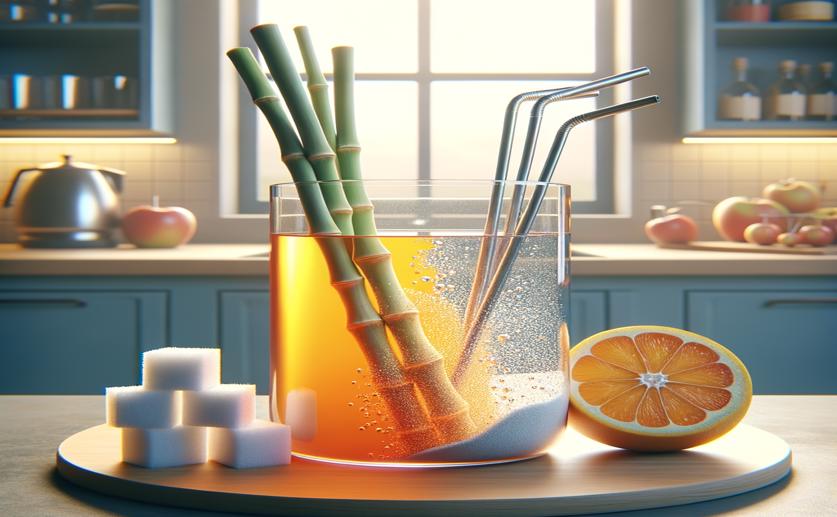
How Vitamin C and Sugar Break Down Antioxidants in Stored Apple Juice
Greg Howard
20th August, 2024

Image Source: Natural Science News, 2024
Key Findings
- Researchers at Geisenheim University studied the stability of health-promoting flavan-3-ols in apple juices made with a new spiral filter press technology
- Flavan-3-ols degrade faster in more concentrated apple juices, with up to 70% loss after 16 weeks at 20°C
- Higher temperatures and sugar concentrations increase flavan-3-ol degradation, forming compounds that further accelerate this process
References
Main Study
1) Non-enzymatic degradation of flavan-3-ols by ascorbic acid- and sugar-derived aldehydes during storage of apple juices and concentrates produced with the innovative spiral filter press.
Published 19th August, 2024
https://doi.org/10.1016/j.foodres.2024.114827
Related Studies
2) Formation of pigment precursor (+)-1''-methylene-6''-hydroxy-2H-furan-5''-one-catechin isomers from (+)-catechin and a degradation product of ascorbic acid in a model wine system.
3) Understanding the contribution of ascorbic acid to the pigment development in model white wine systems using liquid chromatography with diode array and mass spectrometry detection techniques.



 29th July, 2024 | Jenn Hoskins
29th July, 2024 | Jenn Hoskins